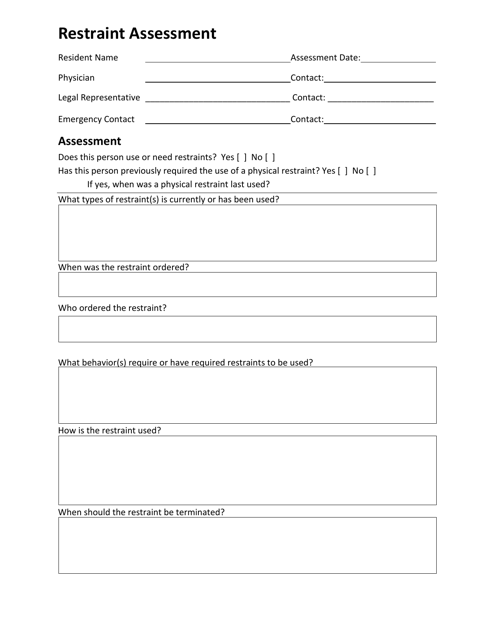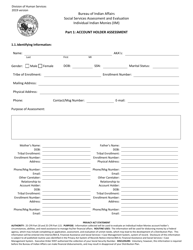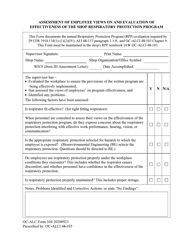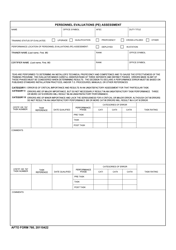Restraint Assessment - Alaska
Restraint Assessment is a legal document that was released by the Alaska Department of Health and Social Services - a government authority operating within Alaska.
FAQ
Q: What is a restraint assessment?
A: A restraint assessment is the evaluation of an individual's need for physical or chemical restraints to ensure the safety of themselves or others.
Q: Why is a restraint assessment important?
A: A restraint assessment is important to determine if the use of restraints is necessary and to minimize the potential risks and negative effects of restraint use.
Q: Who conducts a restraint assessment in Alaska?
A: In Alaska, a restraint assessment is typically conducted by healthcare professionals such as nurses or doctors.
Q: What are the criteria for using restraints in Alaska?
A: In Alaska, the use of restraints must be based on individual need, and there should be a documented history of attempts to use less restrictive interventions.
Q: Are there regulations or guidelines for restraint use in Alaska?
A: Yes, Alaska has regulations and guidelines regarding the use of restraints, which aim to ensure that restraints are used only when necessary and in the least restrictive manner.
Q: What are the alternatives to using restraints in Alaska?
A: In Alaska, alternatives to using restraints include de-escalation techniques, active communication, behavior management strategies, and individualized care plans.
Q: What are the risks of using restraints in Alaska?
A: The use of restraints in Alaska may pose risks such as physical injury, emotional distress, loss of dignity, and decreased quality of life.
Q: Can a restraint assessment be requested by a patient or family member?
A: Yes, in Alaska, patients or their family members can request a restraint assessment if they have concerns about the use of restraints.
Form Details:
- The latest edition currently provided by the Alaska Department of Health and Social Services;
- Ready to use and print;
- Easy to customize;
- Compatible with most PDF-viewing applications;
- Fill out the form in our online filing application.
Download a printable version of the form by clicking the link below or browse more documents and templates provided by the Alaska Department of Health and Social Services.







